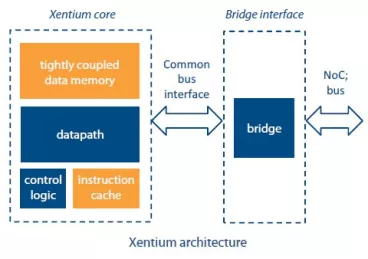Accelerator IP
Welcome to the ultimate Accelerator IP hub! Explore our vast directory of Accelerator IP
All offers in
Accelerator IP
Filter
Compare
26
Accelerator IP
from 17 vendors
(1
-
10)
-
IP cores for ultra-low power AI-enabled devices
- Ultra-fast Response Time
- Zero-latency Switching
- Low Power

-
ADPCM G.726 Codec
- Compliant with ITU G.721, G.723, G.726 and G.726-Annex recommendations.
- On-the-fly configuration for variable compression rate, PCM law.
- Process capability of up to 64 full duplex or up to 128 half duplex voice channels.
- Burst and continuous mode support.
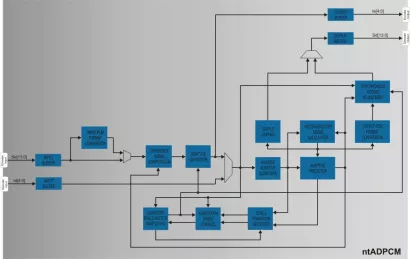
-
MIMO Radar Co-processor Engine
- Low latency, low power and compact
- Gives ECU headroom for track-to-object recognition and make safety decisions
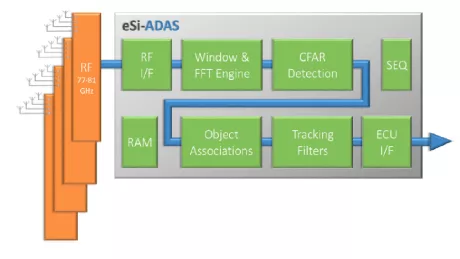
-
Constant False Alarm Rate Processor (CFAR)
- Removes a compute intensive task away from the microprocessor to a predictable, low-latency offload engine
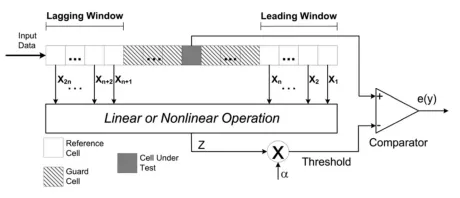
-
Edge AI Accelerator NNE 1.0
- Minimum efforts in system integration
- Speed up AI inference performance
- Super performance for power sensitive application
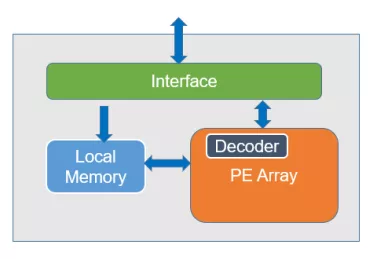
-
Fusion Recurrent Neural Network (RNN) Accelerator
- MAC utilization up to 99%
- Energy efficiency 2.06 TOPS/W
- Peak performance can scale up to 204.8 GOPS
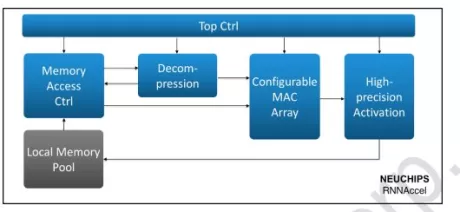
-
Convolutional Neural Network (CNN) Compact Accelerator
- Support convolution layer, max pooling layer, batch normalization layer and full connect layer
- Configurable bit width of weight (16 bit, 1 bit)
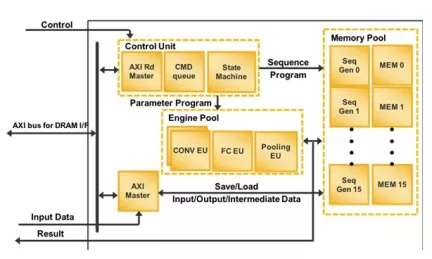
-
Floating-point (IEEE 754) IP based on Arria 10 and Stratix 10 FPGAs
- FFT size: Any size power-of-two or non-power-of-two
- Dynamic Range: IEEE754 single precision floating point
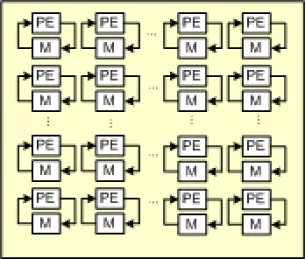
-
WCDMA Release 9 compliant Viterbi Decoder
- 3GPP TS 25.212 V 9.5.0 Release 9
- Supports all block sizes i.e., K=40 - 504.
- Constraint length of 9
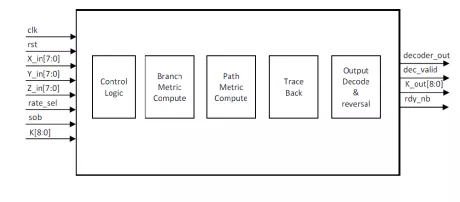
-
Versatile DSP accelerator IP core
- Versatile DSP accelerator IP core,
- Excellent combination of small silicon footprint, computational power and low energy consumption,
- Advanced loop control mechanisms to reduce code size and increase energy efficiency by switching off idle components during loop execution,
- Use of tightly coupled data memory further contributes to low energy consumption and high processing efficiency,
